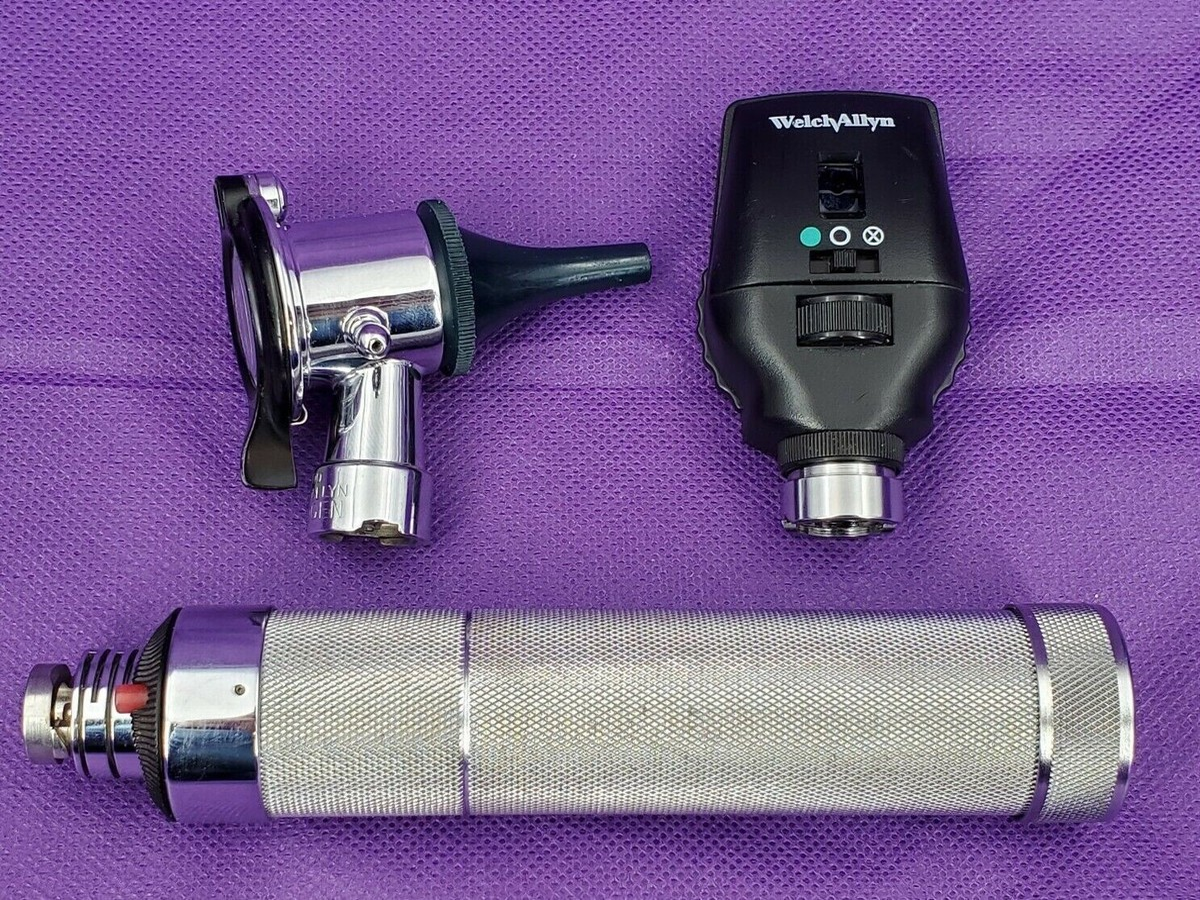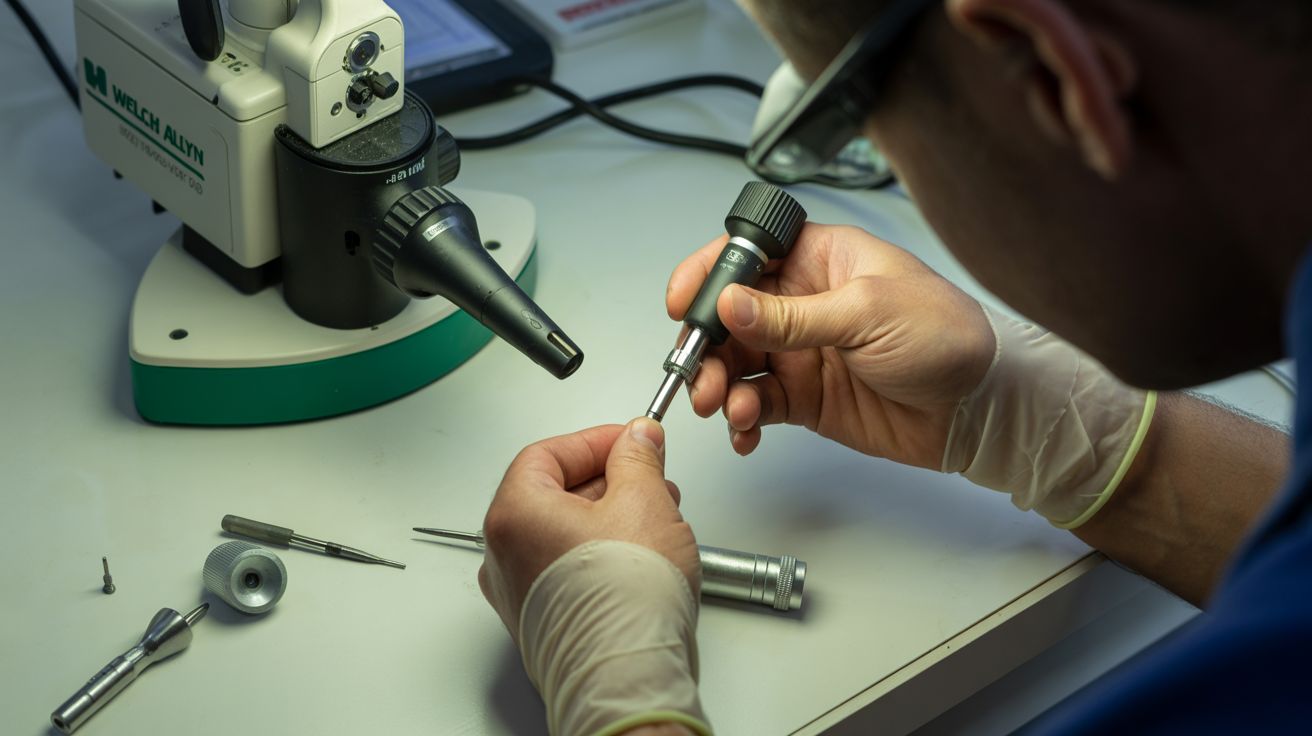Understanding Welch Allyn's Otoscope Portfolio
Welch Allyn manufactures a diverse range of otoscope models designed to meet varying clinical needs and budget constraints. For biomedical equipment technicians responsible for procurement recommendations, inventory management, and maintenance planning, understanding the distinctions between these models is essential. This comprehensive comparison guide examines the MacroView, PanOptic, and standard 3.5V otoscope models, providing detailed analysis of their features, specifications, and maintenance requirements.
Each model in Welch Allyn's portfolio serves specific clinical applications and offers distinct advantages. The MacroView excels in otoscopy with its enlarged field of view, the PanOptic revolutionizes ophthalmoscopy with unprecedented retinal visualization, and standard 3.5V otoscopes provide reliable, cost-effective performance for routine examinations.
Comprehensive Model Comparison Table
| Feature/Specification | MacroView Otoscope | PanOptic Ophthalmoscope | Standard 3.5V Otoscope |
|---|---|---|---|
| Primary Application | Ear examination (otoscopy) | Eye examination (ophthalmoscopy) | Ear examination (otoscopy) |
| Field of View | 3x larger than standard otoscopes; ~30% more tympanic membrane visible | 25° (5x larger than standard ophthalmoscopes); 20x larger viewing area | Standard narrow field; ~5° effective viewing angle |
| Optical Technology | Proprietary MacroView optics with adjustable focus | Patented Axial PointSource Optics; coaxial illumination | Conventional lens system; fixed focus |
| Magnification | Enhanced magnification with depth perception | 26% greater than standard ophthalmoscopes | Standard magnification |
| Illumination (Modern Models) | LED; >100,000 hour lifespan; 5500K color temperature | LED; >100,000 hour lifespan; 5500K color temperature | LED or Halogen; LED >100,000 hours, Halogen 10-20 hours |
| Digital Capability | Available in Plus model (REF 23810) with iExaminer integration | Available in Plus model (REF 118-3-US) with iExaminer Pro integration | Not available in standard models |
| Typical Warranty | 1 year (Basic), 5 years (Plus) | 1 year (Basic), 5 years (Plus) | 1 year (most models) |
| Maintenance Complexity | Moderate; requires optical cleaning expertise | Moderate to High; complex optical system | Low; simple design, easy to service |
Use Case Recommendations
Primary Care and Family Medicine
Recommended: MacroView Basic or Plus
Rationale: Primary care settings perform high volumes of ear examinations across all age groups. The MacroView's enlarged field of view improves examination efficiency and diagnostic accuracy, particularly for pediatric patients. The Plus model's digital capability supports documentation and patient education.
Emergency Departments
Recommended: MacroView Basic with multiple units
Rationale: Emergency departments require rapid, accurate assessments. The MacroView's enhanced visualization supports quick diagnosis. Basic models are preferred over Plus to reduce cost when deploying multiple units across the department.
⚠ Safety Considerations Across All Models
Electrical Safety Standards
All Welch Allyn otoscopes and ophthalmoscopes are classified as Type BF, Class II medical electrical equipment per IEC 60601-1 standards. This classification requires specific electrical safety testing protocols:
- Patient leakage current must not exceed 100µA under normal conditions, 500µA under single-fault conditions
- Insulation resistance must exceed 10MΩ when tested at 500VDC
- Perform electrical safety testing semi-annually for all models
Infection Control
- Use EPA-registered disinfectant wipes compatible with medical device plastics
- Never immerse devices in liquid or spray liquids directly onto them
- Specula must be single-use disposable or properly sterilized reusable types
- Follow your facility's infection control protocols for cleaning frequency and methods
Legal Disclaimer: This comparison guide is provided for informational and educational purposes only. It is intended for use by qualified biomedical equipment technicians and healthcare administrators. Equipment selection should be based on comprehensive evaluation of clinical needs, budget constraints, maintenance capabilities, and facility-specific requirements.



